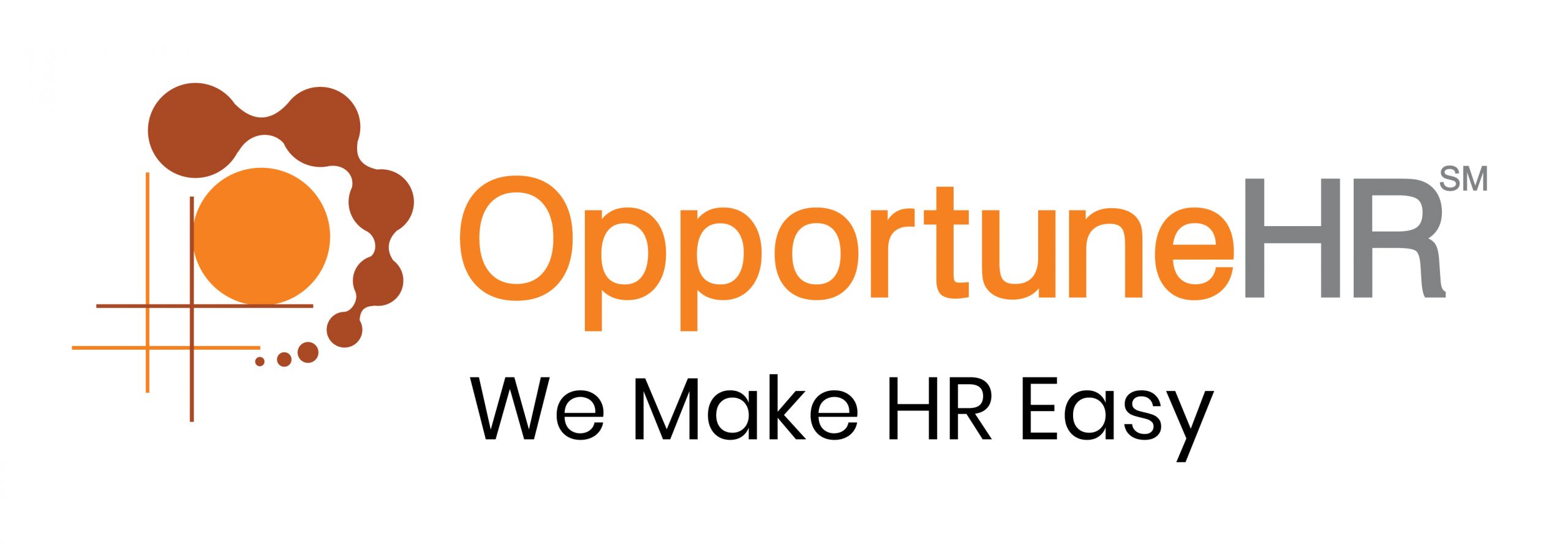When a business owner or a manager thinks about implementing HR Automation in his organisation, he comes across 3 possible solutions.
These are–
HRMS (Human Resource Management System),
HRIS (Human Resource Information System), and
HCM (Human Capital Management).
But he doesn’t understand, in what way are they different, or similar to each other? More importantly, he wishes to know which one is most useful for him, and what should he opt for his Human Resource team?
He asks which one will help me streamline my HR operations? And which one will help me increase the productivity of my workforce, enhance employee performance?
To be frank, when you search for these distinctions, the available information available is so muddled up, even an experienced HR person gets confused.
Let’s put some clarity on this front.
To start with, HRMS and HRIS are so similar that people often ask, ‘Aren’t they the same thing?’
For all practical purposes, the answer is YES.
But they differ in their scope.
For example: If someone asks, Ferrari and Mercedese both fall in the same category. Both are cars. But they are different, too. One is a sports car and the other is a businessman’s favourite vehicle.
Let’s find out what functions HRMS and HRIS play in the domain of HR automation. How they differ, and what should you go for?
Let’s find out the answer through this guide.
What is HRIS?
HRIS, Human Resources Information System, is a comprehensive HR software solution that enables the streamlining of various human resource functions.
For sake of clarity, keep in mind:
The HRIS focus is on ‘HR operations’.
HRIS is useful in integrating different HR functions. It helps you streamline your HR operations.
It’s used by businesses to handle a wide range of activities: such as recruitment, and employee information too.
By centralizing these processes within a single system, an HRIS helps the HR team to handle complex functions like tracking of attendance, leave approvals, and payroll generation with greater efficiency. It helps in automating the related processes, and eliminates errors.
It acts as a digital hub where all employee-related data and information reside. By automating routine administrative tasks and providing real-time access to essential information, an HRIS simplifies the overall management of human resources.
We can say an HRIS is a powerful tool that revolutionizes human resource management within organisations. Highly recommended for SME businesses.
It improves efficiency and productivity, from recruitment to onboarding, performance management to payroll administration – an efficient HRIS streamlines these processes while enhancing accuracy and reducing administrative burdens.
Discover how implementing an HRIS system can revolutionize your HR practices and enhance efficiency.
Advanced Cloud-based HRIS systems also provide employee self-service to employees. So they can access their leave and payroll data, their employment details, benefits and perk details, job description, and other relevant details.
What is HRMS?
Moving on to HRMS, it is essentially an information system designed specifically for managing employee data within an organisation.
The focus phrase here is:
HRMS focus is on management data.
An effective HRMS enables companies to store and organize vast amounts of employee data in a structured manner.
Key modules within an HRMS system include employee records management, time and attendance tracking, benefits administration, and training management. The ability to access this data quickly and easily empowers organisations with the necessary insights for strategic planning and informed decision-making.
Employee records management is the most crucial element in HRMS. This facilitates the storage and organisation of vital employee information such as personal details, job history, performance evaluations, and disciplinary records.
Benefits administration is another important function facilitated by an HRMS system.
From health insurance to retirement plans, managing employee benefits is challenging. Especially in bigger organisations with complex benefit packages.
With an HRMS, organisations can efficiently track benefit enrolments, monitor eligibility criteria, and generate reports for auditing purposes while ensuring compliance with legal requirements.
Not just information handling, an HRMS can also integrate with the payroll module and help the HR in generating error-free payroll generation. It can also integrate with the attendance and performance management module.
But still, it differs from HRIS in its core focus. The HRMS systems are designed primarily for organizing data.
When you need to integrate many HR operations centrally, HRIS is what you should look for. But if the HR needs to manage a large data of complex employee information, HRMS software might be better for you.
What is HCM?
HCM – Human Capital Management.
While HRIS and HRMS focus on administrative tasks, HCM platforms are more strategic in nature.
HCM focus is: Boosting Employee Capabilities.
HCM primarily focus on –
- Attracting top talent into the organisation
- Talent development – providing opportunities for growth and learning
- Performance management – evaluating individual performance against organisational goals
- Succession planning – identifying and nurturing future leaders; and
- Workforce analytics – leveraging data to gain insights into employee productivity, engagement, and overall performance.
The Key Difference. HRMS, HRIS VS HCM?
The key difference between HRMS, HRIS, and HCM lies in their scope and focus.
HRMS and HRIS are more focused on day-to-day operations.
HRMS is a broader system that covers multiple human resource functions; HRIS is more specific to managing employee data.
On the other hand, HCM takes a strategic approach by considering employees as valuable capital that needs to be managed effectively for organisational success. So HRMS and HRIS focus more on HR processes, HCM on people and their performance.
Human Capital Management (HCM) is a comprehensive approach to managing employees’ skills, knowledge, and capabilities within an organisation.
It recognizes that every individual in the workforce is not just a resource but also an essential component of the organisation’s success.
HCM combines various aspects such as talent acquisition, talent development, performance management, succession planning, and workforce analytics for effective human resource management
HCM emphasizes the importance of aligning talent acquisition strategies with organisational goals to ensure that new hires contribute to long-term success.
Once employees are onboard, talent development comes into play. Here, HCM focuses on nurturing employees’ skills through training programs, mentorship opportunities, and career development initiatives.
Performance management is another vital component of HCM. It involves setting clear expectations for employees’ performance, establishing goals aligned with organisational objectives, providing regular feedback on progress towards these goals, and recognizing outstanding achievements.
Succession planning of HCM ensures that organisations have a pipeline of talented individuals ready to assume key roles when needed.
So to keep things simple:
HRMS is a software with a focus on Streamlining HR operations.
HRIS: Also a kind of HRMS, but with an emphasis on employee data management and organizing information.
HCM: Its focus is mainly on boosting employee productivity.
Here is the good news.
SME-HRMS combines the best of all 3 systems, customized for SME and startup businesses!
OpportuneHR (SME-HRMS) is designed and developed with a step-up model.
So you can start with —
Core HRMS features like Attendence management, Payroll, and Leave Management. With features like applicant tracking, CV parsing and onboarding features, talent management is easy.
And then, as you grow in size and stature —
You can add more advanced features like performance management, contractor management, travel management, expense management, etc.
As our HRMS is on the cloud, it also gives you the important HRIS features like centralised data of employees. With Employee self-service portal, employees can access their attendance, leave and payroll data.
They can also access other important information, like company policies, their job description, as well as benefits and perk information.
In a sense–
You can design and develop your own HR Tech and automation solution!
As per your business and growth needs.
Why not connect for a demo today!
Call: +91 – 7700-954949 || Send Us A Whatsapp Message: +91 – 7700-954949
Conclusion: HRMS, HRIS or HCM, which one is better for your business?
HRMS, HRIS and HCM have overlapping features and functions. These are meant to simplify workforce management, and to align core HR functions and strategy to align with business goals. But they differ in their scope and focus.
Small and medium enterprises should ask for HRMS as their main challenge is streamlining of HR operations. If the nature of business demands complex employee information management then HRIS is the way to go.
HCM is preferred for businesses who are established, HR operations are automated and highly well managed, whose focus has now shifted to strategic HR. And aligning business goals with performance management is a priority.
The good news is, SME HRMS combines the best of all three systems, customised for SME and startup business needs.








